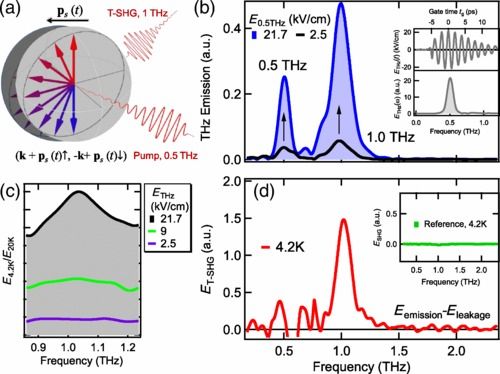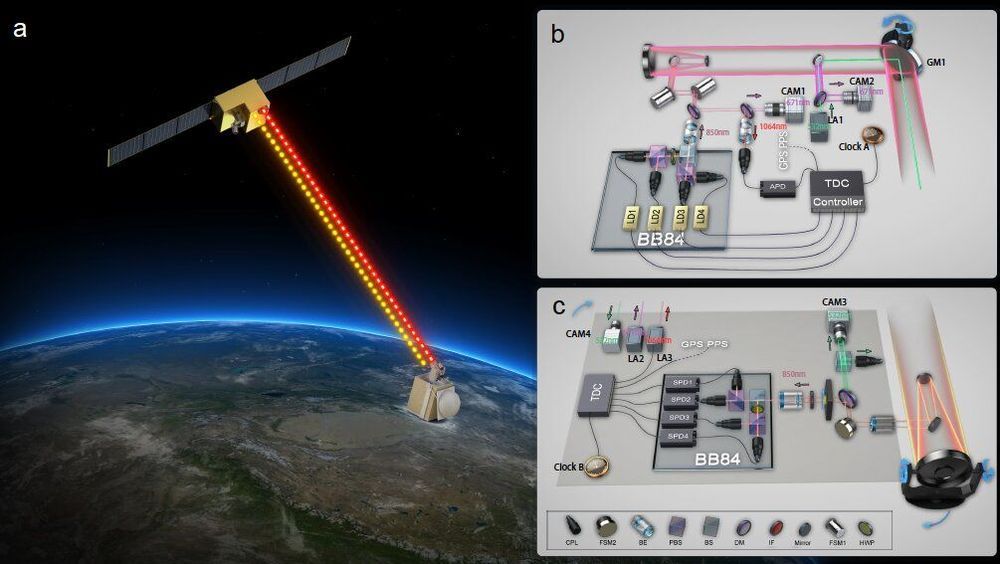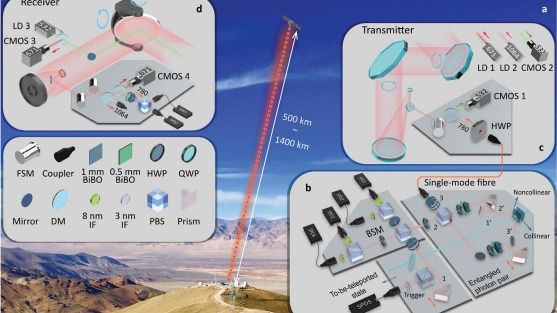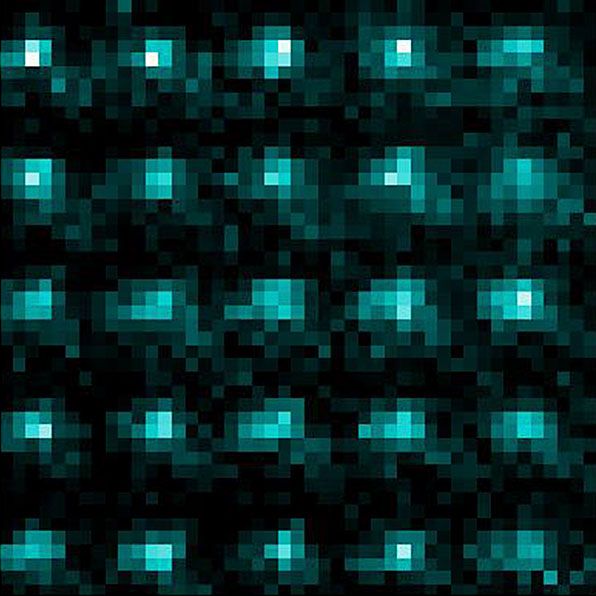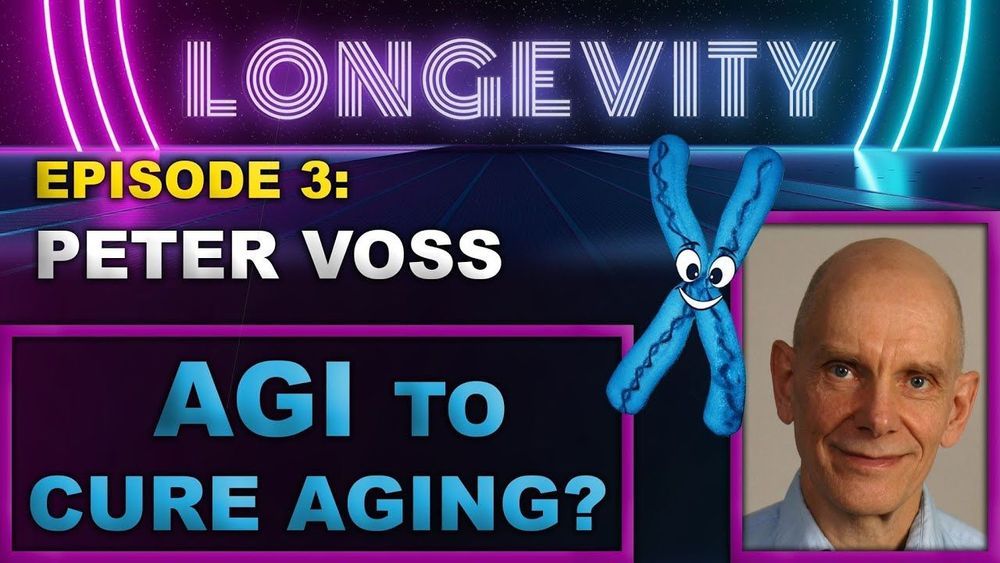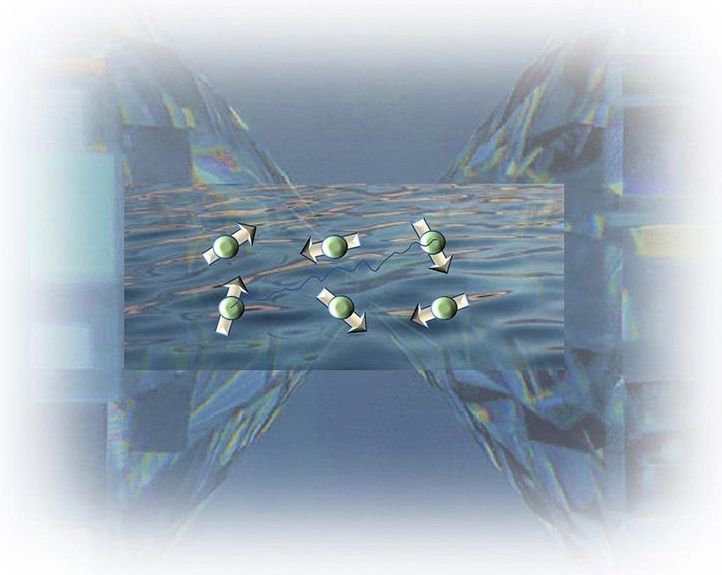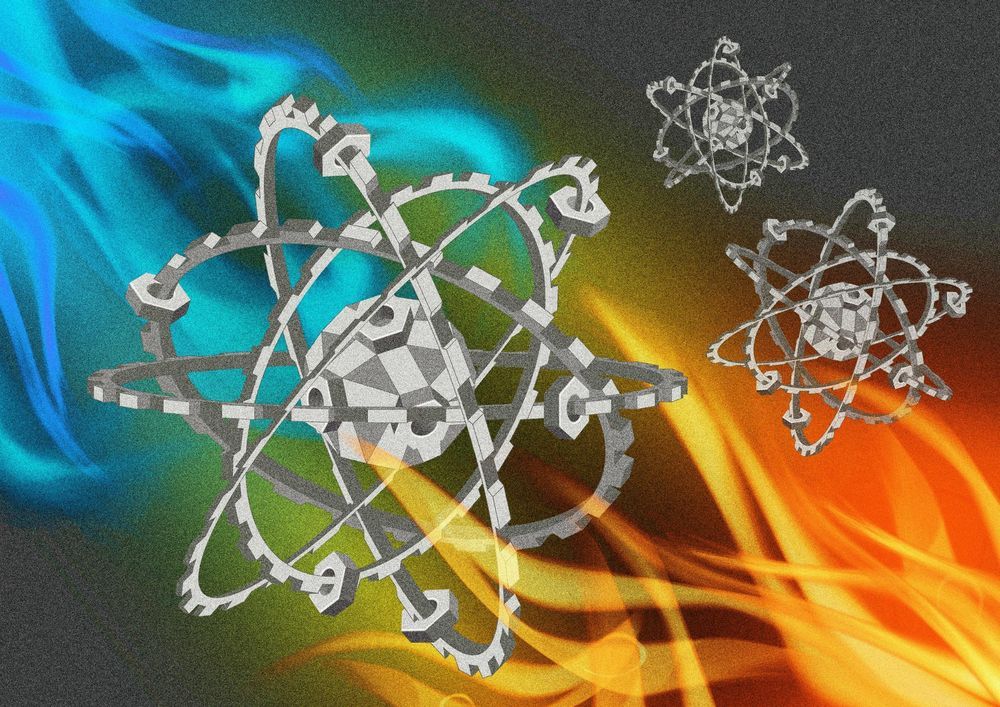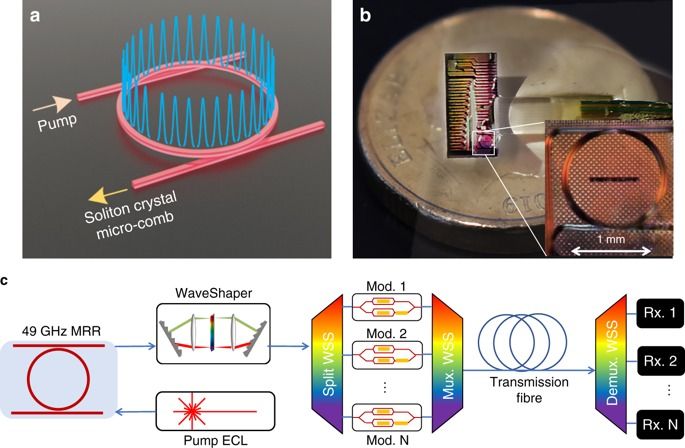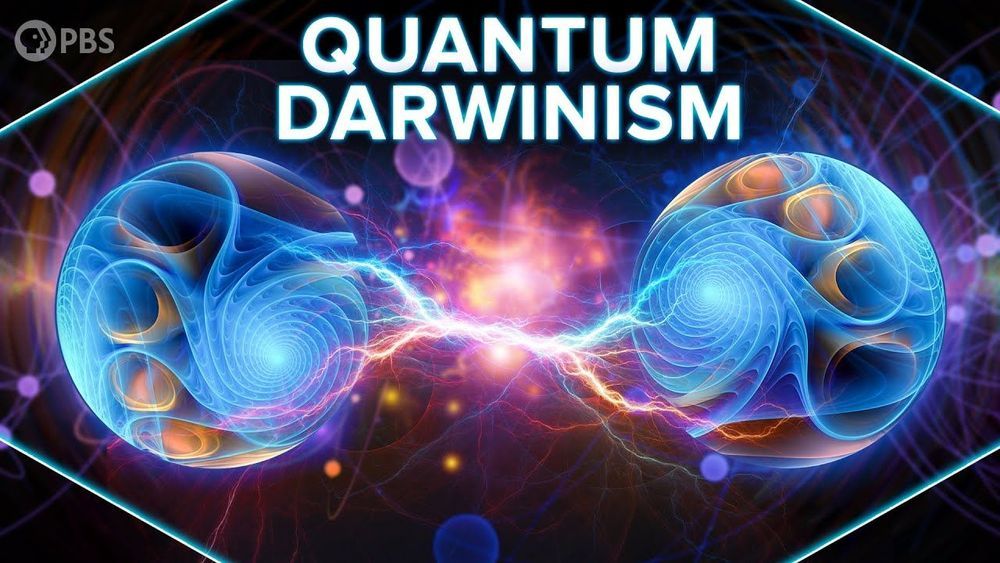May 29, 2020
Terahertz Second-Harmonic Generation from Lightwave Acceleration of Symmetry-Breaking Nonlinear Supercurrents
Posted by Saúl Morales Rodriguéz in categories: materials, quantum physics
We report terahertz (THz) light-induced second harmonic generation, in superconductors with inversion symmetry that forbid even-order nonlinearities. The THz second harmonic emission vanishes above the superconductor critical temperature and arises from precession of twisted Anderson pseudospins at a multicycle, THz driving frequency that is not allowed by equilibrium symmetry. We explain the microscopic physics by a dynamical symmetry breaking principle at sub-THz-cycle by using quantum kinetic modeling of the interplay between strong THz-lightwave nonlinearity and pulse propagation. The resulting nonzero integrated pulse area inside the superconductor leads to light-induced nonlinear supercurrents due to subcycle Cooper pair acceleration, in contrast to dc-biased superconductors, which can be controlled by the band structure and THz driving field below the superconducting gap.
